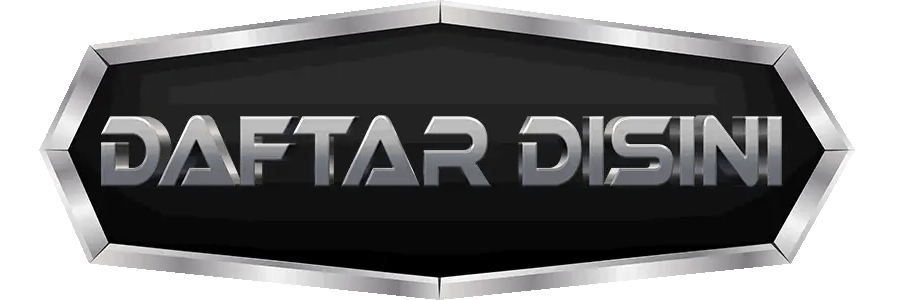1
/
of
1
SCATTER HITAM : Akun Pro Pasti Menang Besar Terviral Dan Terpercaya No 1 Di Indonesia
SCATTER HITAM : Akun Pro Pasti Menang Besar Terviral Dan Terpercaya No 1 Di Indonesia
Scatter Hitam adalah provider slot game online yang lagi viral tahun 2024 dengan kemudahan untuk mendapatkan kemenangan scatter hitam sudah terpercaya dan di nobatkan sebagai slot gacor terpercaya no 1 di indonesia.
Regular price
Rp 10.000 IDR
Regular
price
Sale
price
Rp 10.000 IDR
Unit price
/
per
Couldn't load pickup availability
Share



